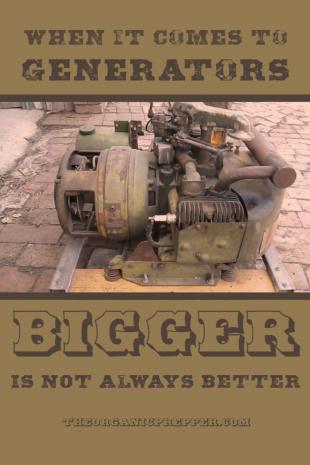
Breaking News
 China Will Close the Semiconductor Gap After EUV Lithography Breakthrough
China Will Close the Semiconductor Gap After EUV Lithography Breakthrough
 The Five Big Lies of Vaccinology
The Five Big Lies of Vaccinology
 Large global study analyzing data from 192 countries has sparked intense debate by suggesting...
Large global study analyzing data from 192 countries has sparked intense debate by suggesting...
Top Tech News
 EngineAI T800: Born to Disrupt! #EngineAI #robotics #newtechnology #newproduct
EngineAI T800: Born to Disrupt! #EngineAI #robotics #newtechnology #newproduct
 This Silicon Anode Breakthrough Could Mark A Turning Point For EV Batteries [Update]
This Silicon Anode Breakthrough Could Mark A Turning Point For EV Batteries [Update]
 Travel gadget promises to dry and iron your clothes – totally hands-free
Travel gadget promises to dry and iron your clothes – totally hands-free
 Perfect Aircrete, Kitchen Ingredients.
Perfect Aircrete, Kitchen Ingredients.
 Futuristic pixel-raising display lets you feel what's onscreen
Futuristic pixel-raising display lets you feel what's onscreen
 Cutting-Edge Facility Generates Pure Water and Hydrogen Fuel from Seawater for Mere Pennies
Cutting-Edge Facility Generates Pure Water and Hydrogen Fuel from Seawater for Mere Pennies
 This tiny dev board is packed with features for ambitious makers
This tiny dev board is packed with features for ambitious makers
 Scientists Discover Gel to Regrow Tooth Enamel
Scientists Discover Gel to Regrow Tooth Enamel
 Vitamin C and Dandelion Root Killing Cancer Cells -- as Former CDC Director Calls for COVID-19...
Vitamin C and Dandelion Root Killing Cancer Cells -- as Former CDC Director Calls for COVID-19...
 Galactic Brain: US firm plans space-based data centers, power grid to challenge China
Galactic Brain: US firm plans space-based data centers, power grid to challenge China
When It Comes to Generators, Bigger Is NOT Always Better

Everyone wants a big sexy generator that thunders to life 10 seconds after the lights go out. Suddenly the lights are back on, and life continues as it always has, even if the world is ending around them.
But is that behemoth generator the best option?
Generators are hot, smelly, cantankerous, and expensive, not to mention dangerous.
So what setup is best? According to your needs and circumstances, that will vary. But there are principles I will share with you here that I hope you find valuable.
There are some instances in which a generator is the best option. For example, you'd need one to run refrigerators and other appliances with sizeable electric motors. There are better options for cooking, heating, and lighting. And these options are far cheaper and more efficient than a mammoth generator. (And some people plan on a completely low-tech blackout with no power options at all.)
If you are looking to "go green", solar generators are good options.
When shopping for generators, only look at full sine wave models.
Anything else is asking for trouble. Start by looking on the internet at the specs for anything you want to buy. You will see the full load capacity and the fuel usage at full load. Multiply that by the number of hours and days you want to run it. Warning: the cost will make your head and visa card explode.
Look at the specs label of all the things you want to run: refrigerators, lights, television, routers, etc. Add the watts all together, divide by 1000, multiply by three. This equation will give you the kVA you need. On average, you're looking at a liter, per hour, per kVA.
You are better off with three small generators.
One generator for lighting and 2 generators for power is effective and efficient.
By only running the generators when it is necessary, running costs will be reduced. Small generators are sufficient at night for lights and tv. A large generator used 2 hours, three times a day for the refrigerator is adequate. Using this method will reduce your fuel consumption. And with the various generators, if you should have an equipment failure, you will have some redundancy.

 This is why RAM costs so much
This is why RAM costs so much

